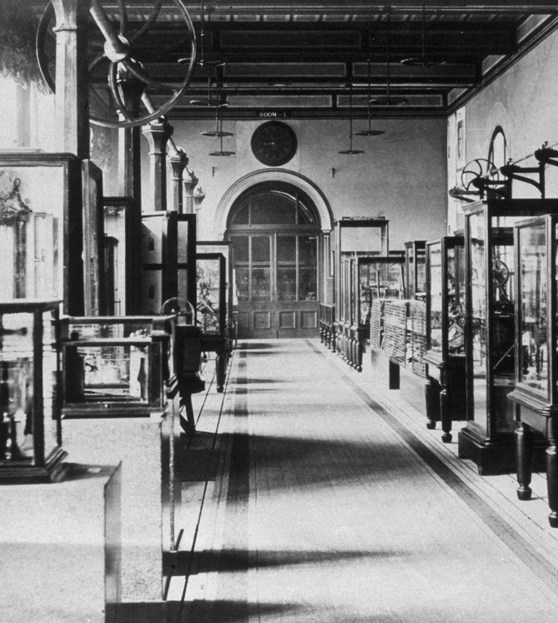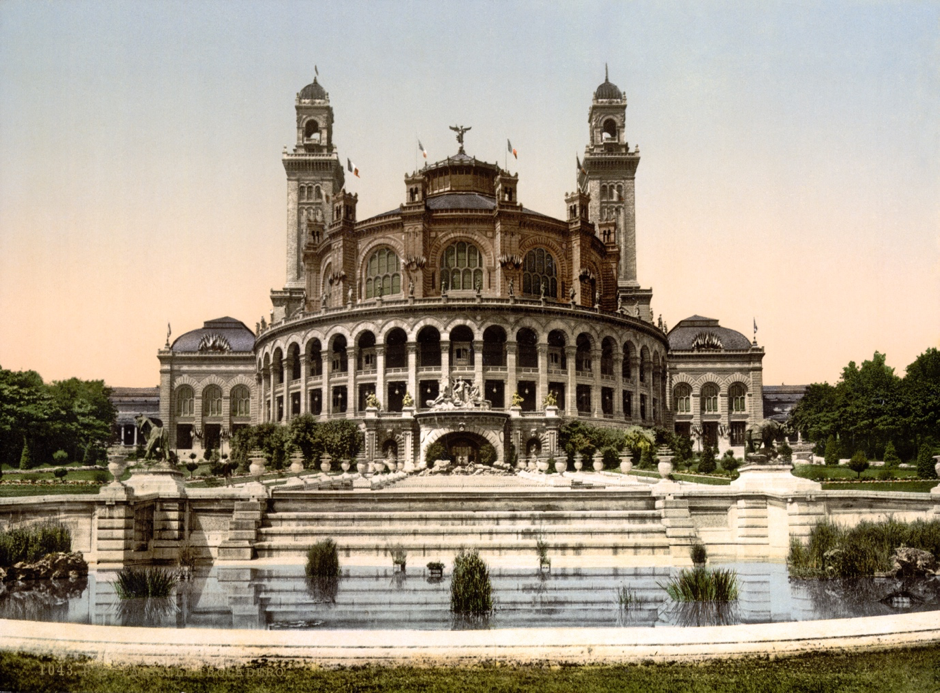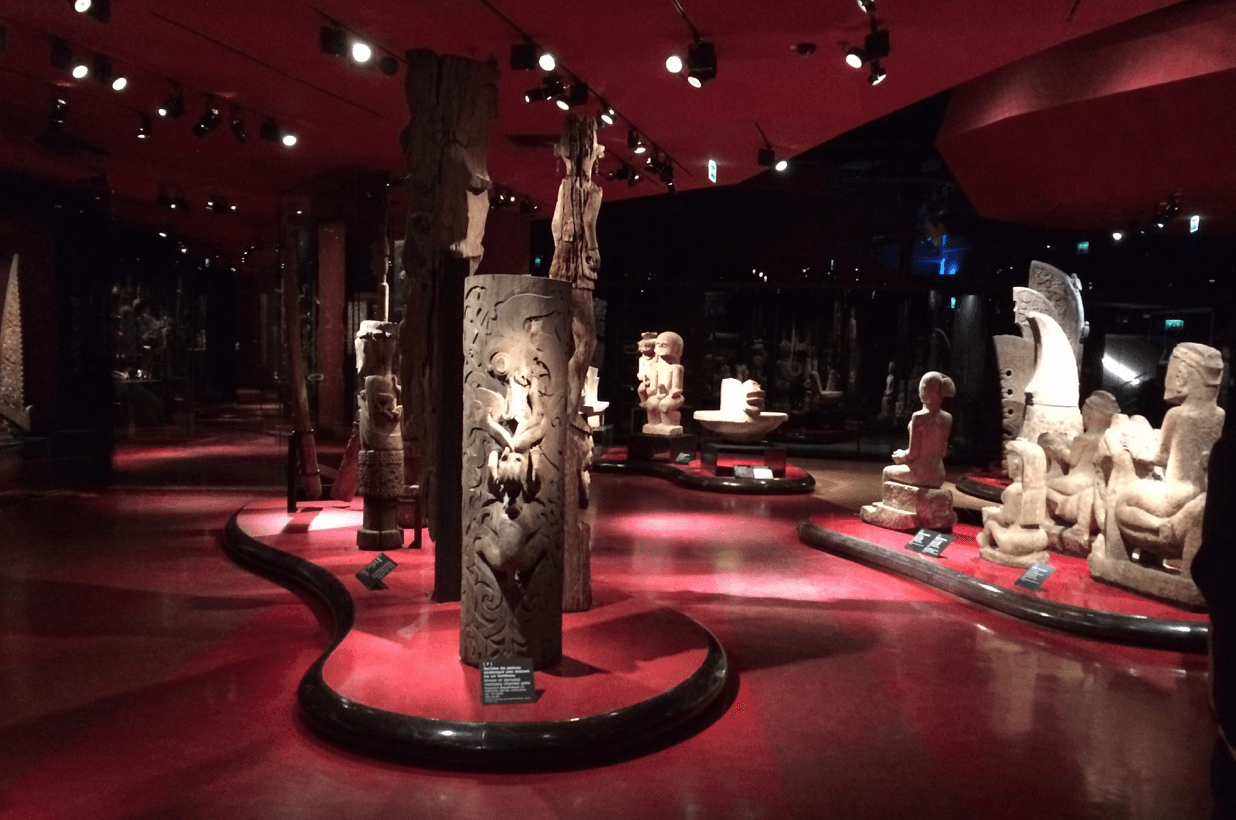Post by Chiara Zuanni, postdoctoral researcher at the V&A.
After Sandra’s post introducing the Universal Histories and Universal Museums research project, it is now my turn to introduce the case studies. Indeed, my role as postdoctoral researcher on the project focuses on the archival research for these case studies, working alongside Sandra’s in London and André in Paris.

Room 2 of the Loan Collection, South Kensington Museum, London, 1876. © Science Museum/Science & Society Picture Library
The Universal Histories and Universal Museum research has three case studies: two in London and one in Paris. In London, we are examining the growth of the collections in the South Kensington Museum, and how the temporary Loan Exhibition of Scientific Apparatus in 1876 marked the growth of the science collection and highlighted the development of scientific disciplines, each one with its own objects and series of talks and public lectures. This collection contributed to the South Kensington Museum’s collections in separating its science and art branches and leading to the emergence of two different institutions: the V&A and the Science Museum. The Committee of Rearrangement of 1908 is of particular interest here in assessing how objects were re-categorised, and as part of this we are looking at the history of the South Asian Collections.

The Palais du Trocadéro in Paris, 1890s (source: US Library of Congress ).
In Paris, we are looking at the history of the Americas collection in the Musée d’Ethnographie du Trocadéro. This case study allows us to investigate the emergence of ethnology as a discipline, and the impact of the growth of this discipline on Parisian museum collections. Anthropology, ethnology and archaeology were all present at the 1878 International Exhibition, though with different emphases and with little debate on their values and validity. This case study therefore also allows us to track the emergence and definition of these disciplines, and we aim to do so by looking at the objects that transited through the Trocadéro, before, during and after the Exhibition until its official foundation as Musée d’Ethnographie (1882).
Overall, the three case studies draw upon very different collections – science and art, South Asia, and Americas – all focusing on the second part of the 19th century and the early 20th. By observing how diverse objects were collected, displayed and presented to diverse audiences in public events and through the media, and ultimately how they were preserved in different institutions, we aim to highlight the growing boundaries between disciplines and the role museums and their objects had in reflecting on, and informing, these same boundaries.

Musée du quai Branly – Jacques Chirac.